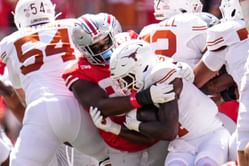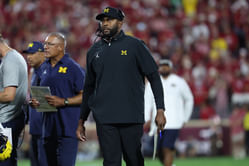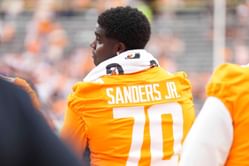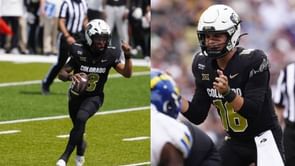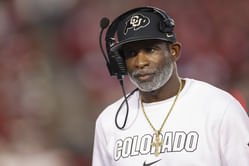
In the competitive realm of college athletics, the concept of redshirting serves as a strategic tool for student-athletes, providing them with the opportunity to extend their period of eligibility. This unique provision, established by the NCAA, allows athletes to sit out one season without losing a year of eligibility, granting them more time to develop their skills and adapt to the rigorous demands of collegiate sports. Initially introduced as a means to accommodate academic pursuits and injury recovery, the redshirt rule has evolved into a crucial tactic for coaches and athletes to maximize a player's potential, enabling them to contribute significantly to their team's success in the long term. More information is needed. This blog will discuss What is Redshirt Rule for College Football? With some other relatable aspects of redshirt in college.
Reasons for Electing Redshirt Status in College Athletics
Academic Adjustment: A player may require additional time to balance academic responsibilities and sports commitments, utilizing resources such as tutoring to navigate the demands of college life.
Academic Eligibility: Some student-athletes opt for redshirt status to enhance their academic standing, ensuring they meet the requirements to qualify for their team.
Physical Development: Taking an extra year to practice allows players to focus on physical growth, enabling them to attain the required size and strength to compete effectively at the collegiate level.
Tactical Familiarization: A redshirt year offers the opportunity to delve into the intricacies of a more complex college playbook, aiding players in grasping the nuanced strategies required for successful competition.
Depth Chart Considerations: When a seasoned player already occupies their position, a younger athlete may wait their turn, utilizing the redshirt year as an invaluable opportunity for personal and athletic development.
Redshirt’s Origin
Originating from the red jersey donned by sidelined players during practice games, the term "redshirt" has multiple linguistic applications. Warren Alfson, a University of Nebraska member in 1937, catalyzed the term's usage by practising but not competing, clad in a Nebraska red shirt devoid of a number. The term flexes its linguistic muscles as a verb, noun, and adjective. Coaches may opt to redshirt athletes, earning them the title of a redshirt, while a redshirt freshman denotes a first-year participant after a non-participatory redshirt year.
Classification in College Athletics
"Redshirt freshman" designates a sophomore academically engaging in their inaugural athletic season. This label distinguishes them from "true freshmen," who are academically and athletically in their first year. A redshirt freshman might have undergone prior practice during the preceding season. Similarly, "redshirt sophomore" denotes a junior academically participating in their second athletic season. Post the second athletic year, the terminology shifts, utilizing "fourth-year junior" and "fifth-year senior" instead of "redshirt." Additionally, a student surpassing the four-year mark or a graduate student is called a "super senior."
Redshirt History
Evolved through the twentieth century, the history of redshirting in collegiate athletics reflects a dynamic trajectory. Originating in 1937 with Warren Alfson's extension of eligibility at the University of Nebraska, the concept gained prominence as coaches recognized its potential for player development and strategic advantage. Over time, collegiate sports associations such as the NCAA and NJCAA refined and standardized redshirt policies, aligning them with broader eligibility guidelines. Notably, the American Football Coaches Association proposed significant changes to the redshirt rule in January 2017, which was eventually approved by the NCAA Division I Council in June 2018. The subsequent extension of eligibility for athletes due to disruptions caused by the COVID-19 pandemic underscored the rule's adaptability and impact on collegiate athletic careers. Further modifications in redshirt regulations within NCAA Division II, implemented in 2023, emphasized the continued evolution and importance of this pivotal athletic strategy.
FAQs
Answer: Redshirting in college athletics refers to a voluntary decision by a student-athlete to sit out a season of competition while still maintaining their four years of eligibility.
Answer: Redshirting allows student-athletes additional time for physical and skill development, academic adjustment, and tactical familiarization, leading to enhanced performance and a better chance at long-term success.
Answer: Yes, in certain cases, if an athlete demonstrates exceptional skills or in response to injuries within the team, a coach may choose to remove the redshirt status and allow the athlete to compete in games during the season.
Answer: A "redshirt freshman" refers to a sophomore academically who participates in their first season of athletic competition, having utilized a year to practice and develop their skills without participating in official games.
Answer: The redshirt rule has undergone notable changes, including the elimination of medical redshirts in some contexts and the adaptation of rules allowing players to participate in a limited number of games without losing eligibility, reflecting the evolving landscape of collegiate athletics.
